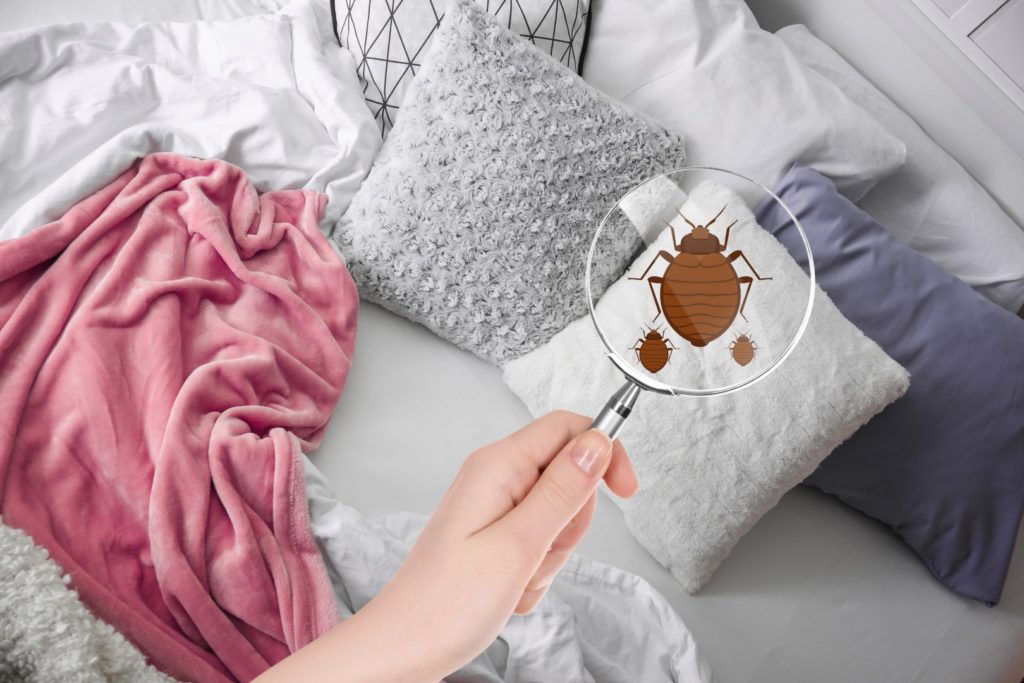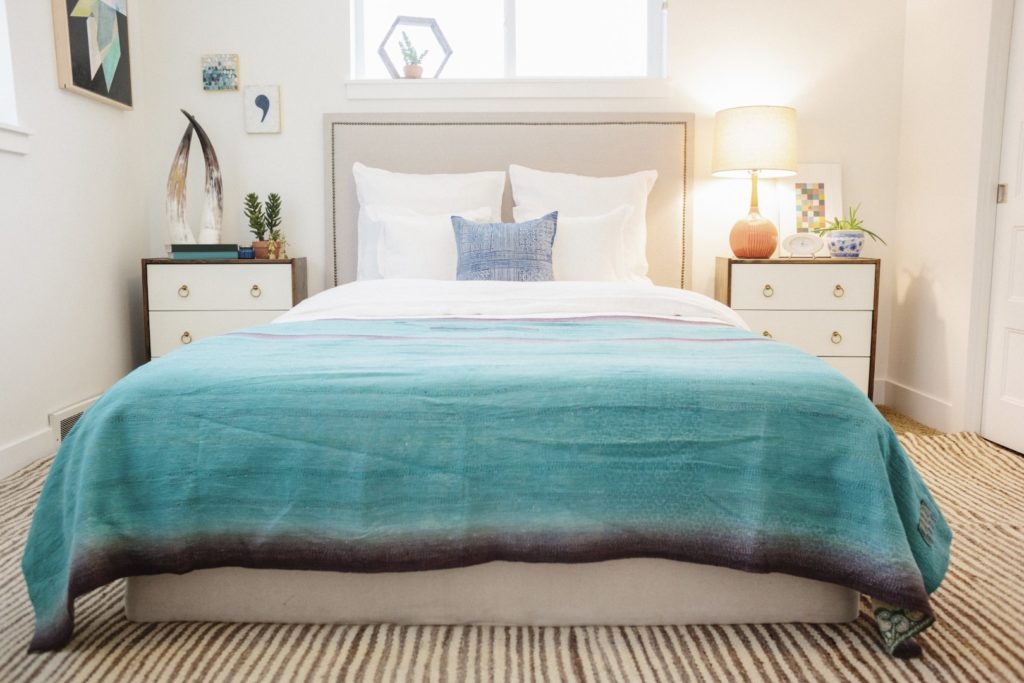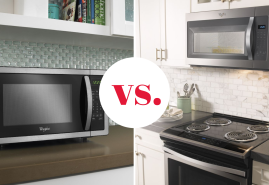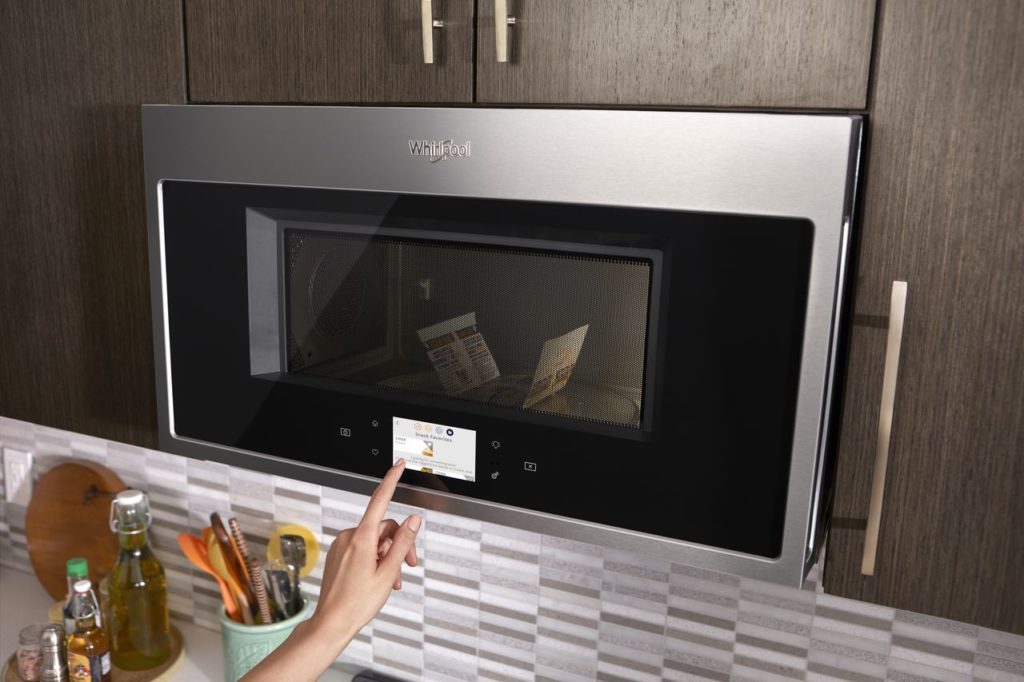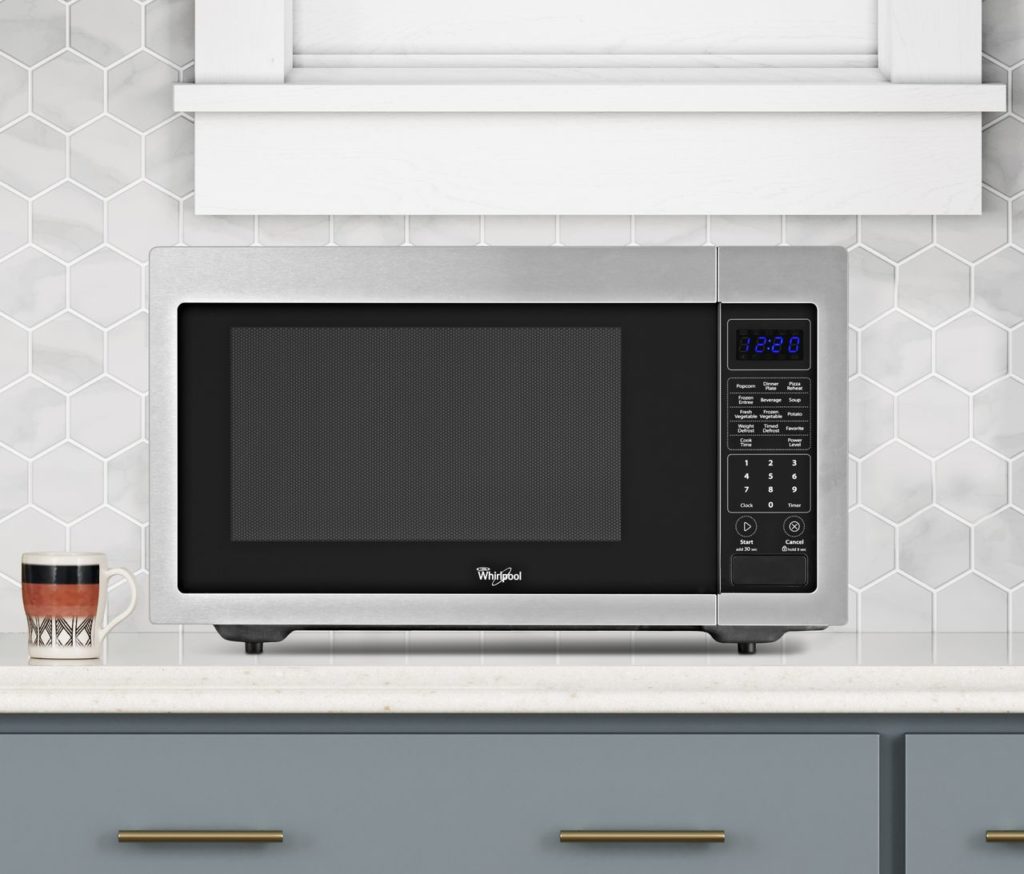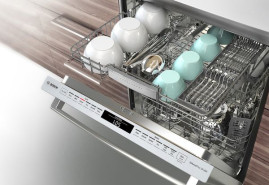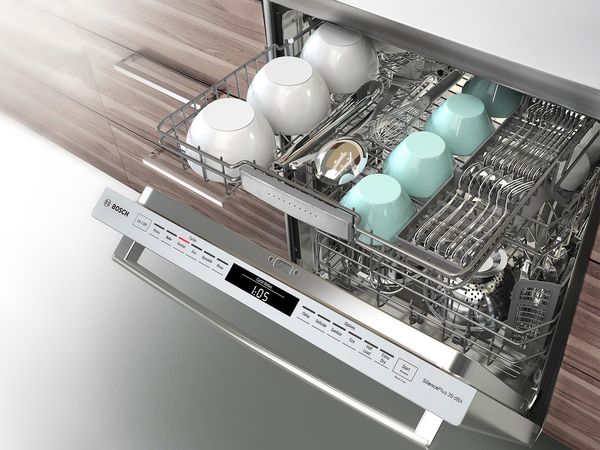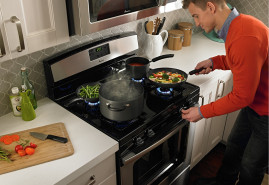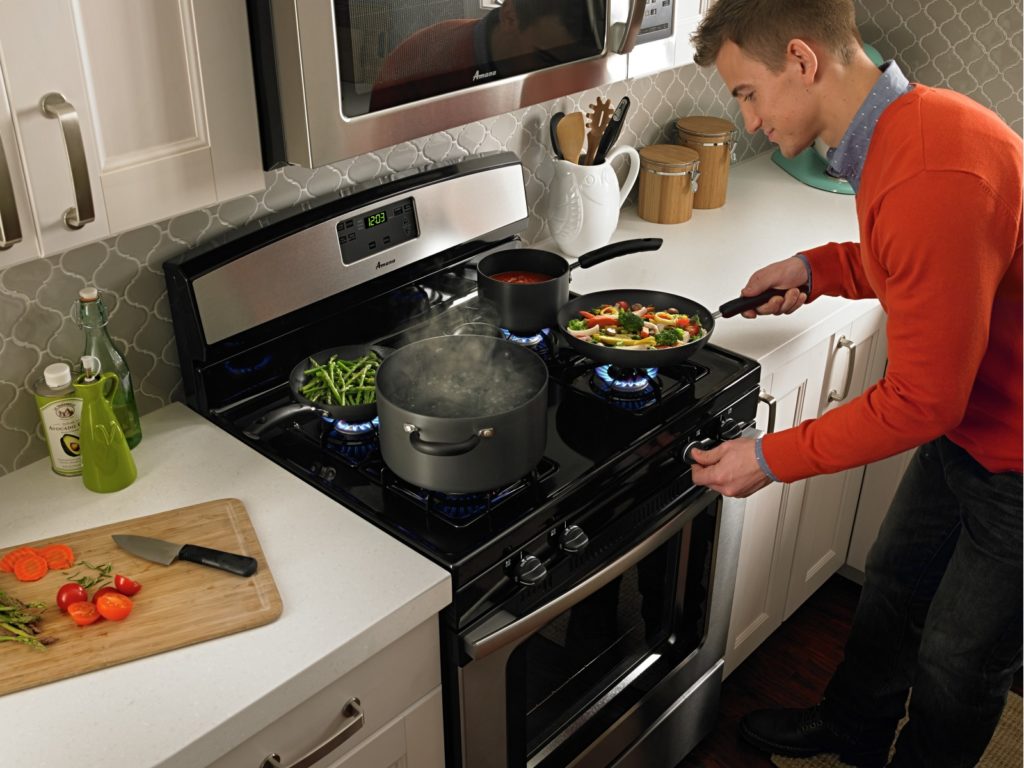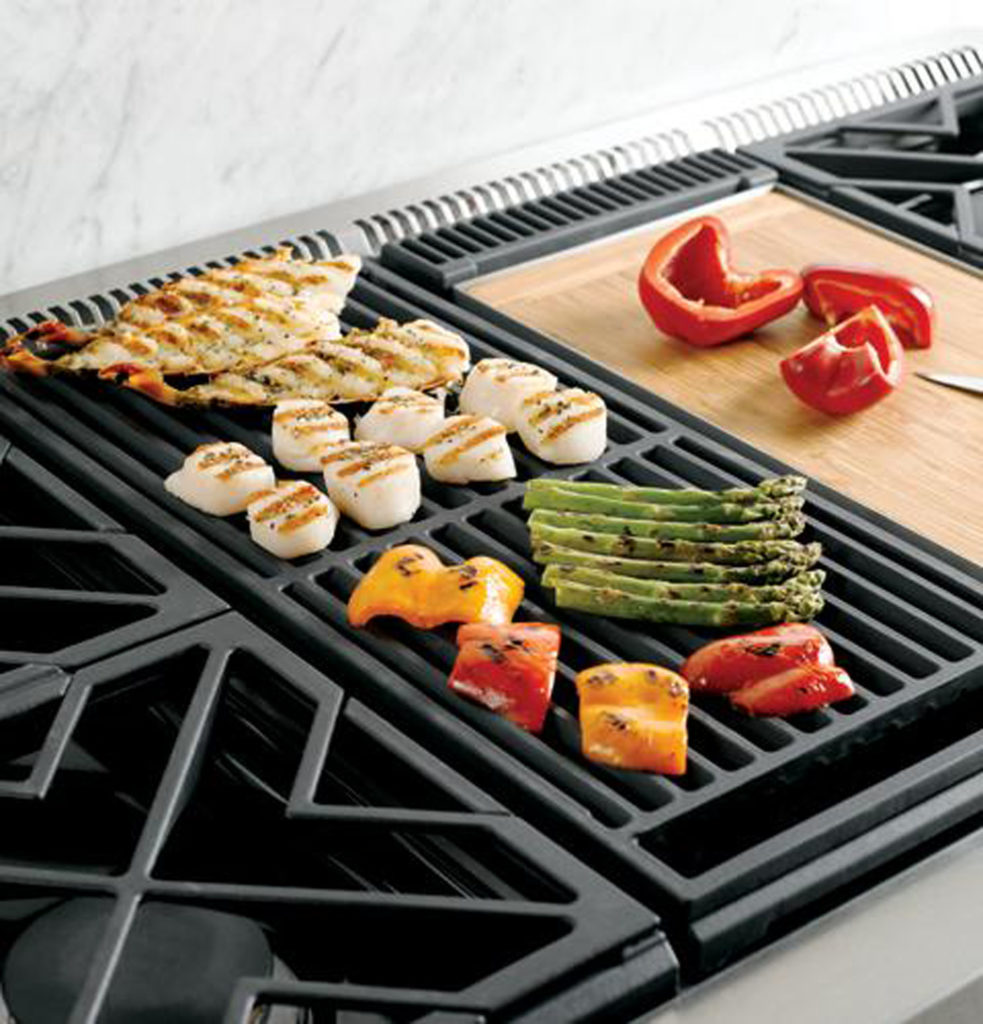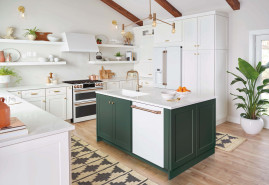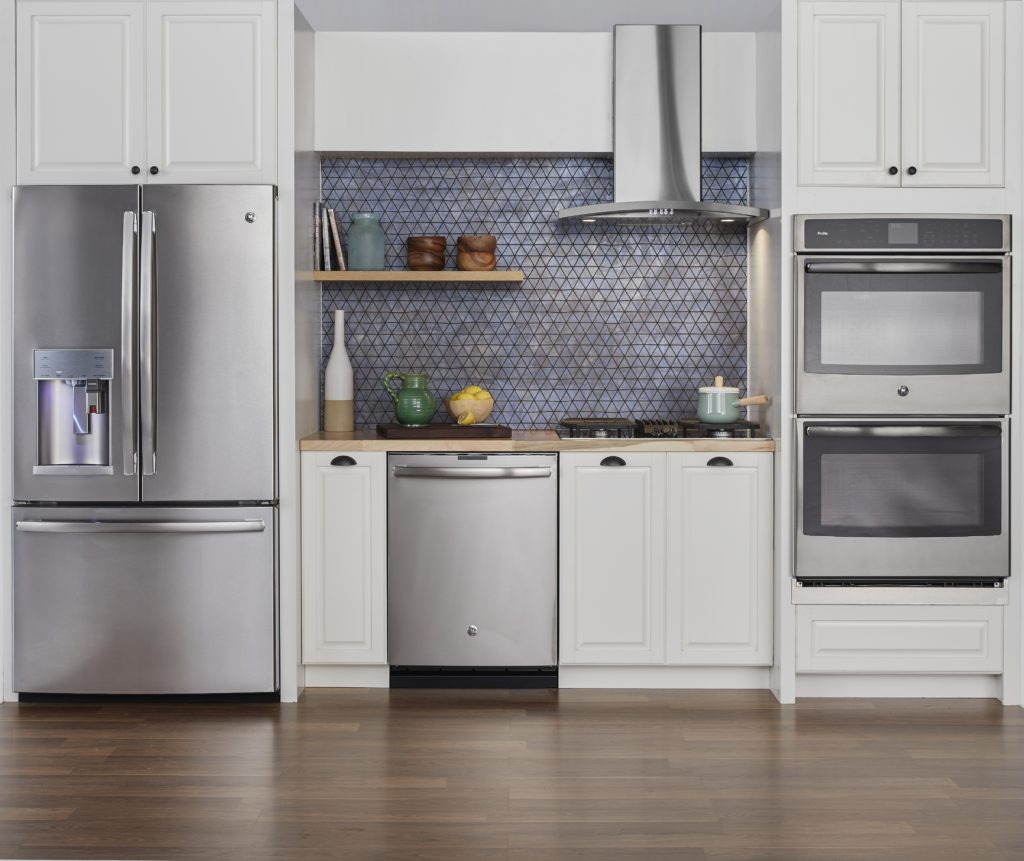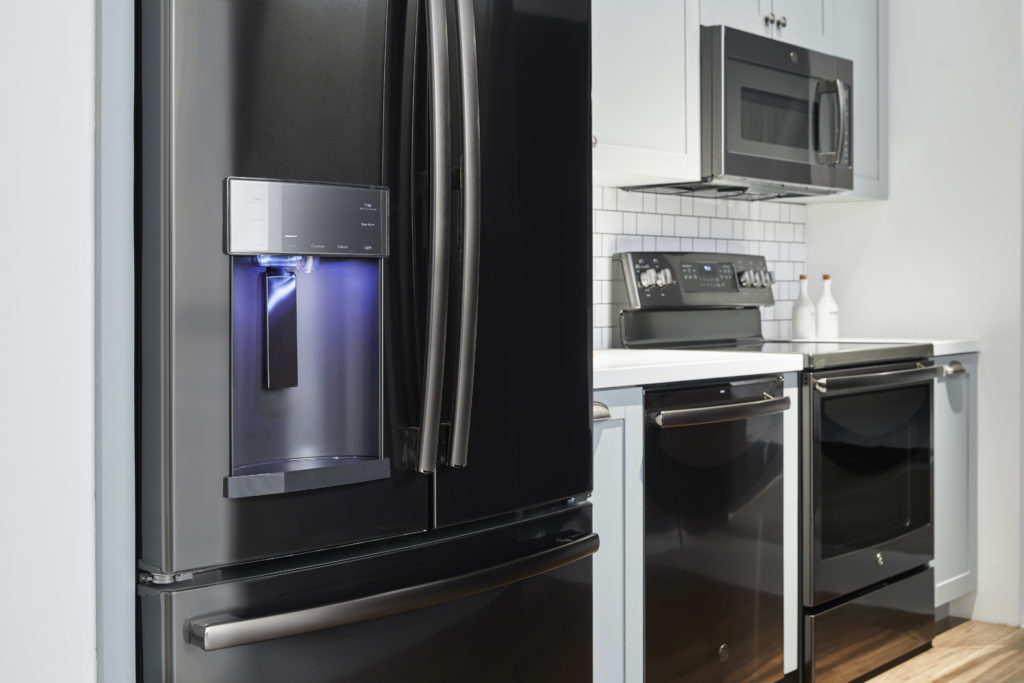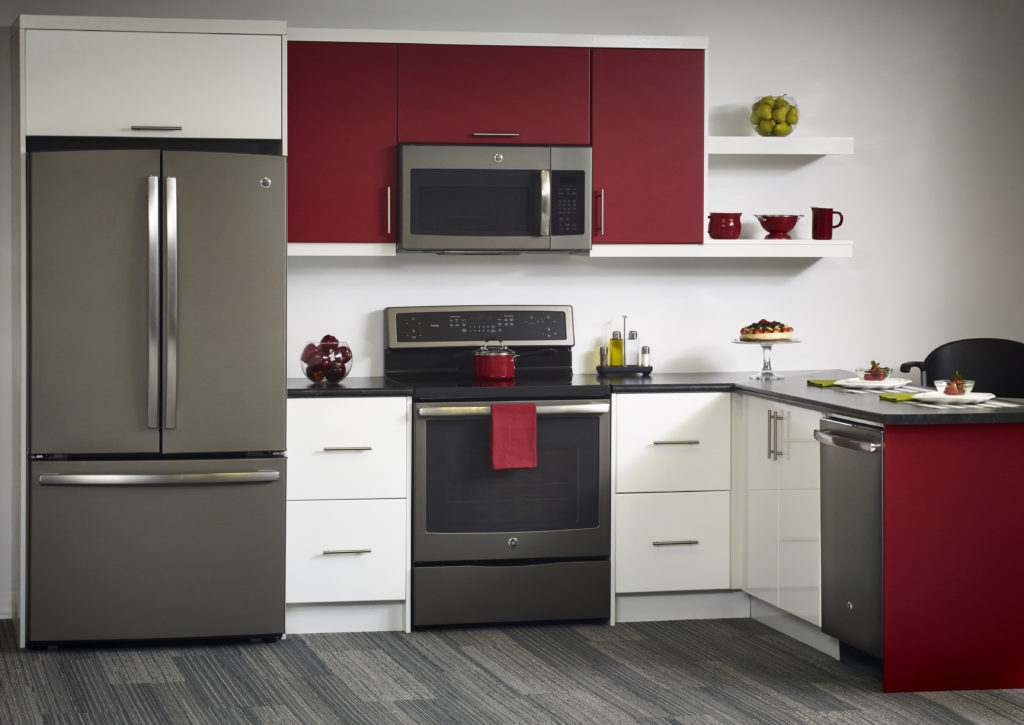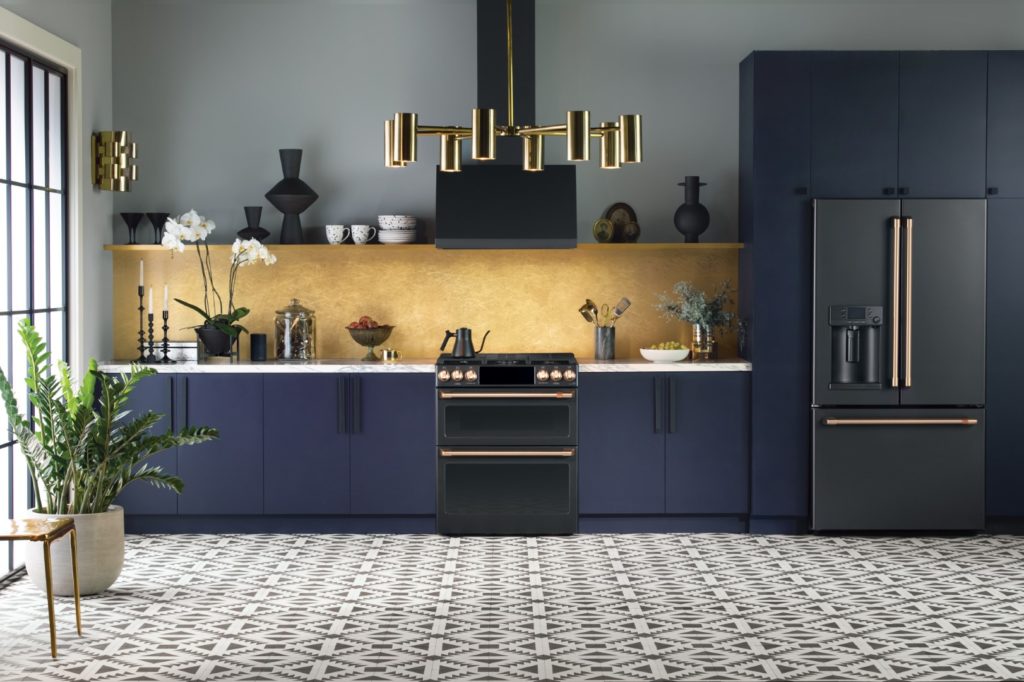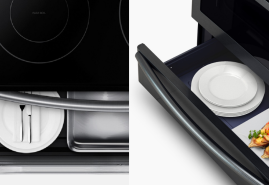
With summer comes a lot of good things: Sunshine, great weather, and no school for the kiddos and vacation for you! It’s a great time of year, by all accounts. But some of the things it brings can be a real pain: Those sorry summer stains.
Between sliding into home base, tumbling into the grass, hiking through the mountains, biking through puddles, and other forms of summer mischief and playing, stains can quickly accumulate faster than you can keep up.
Don’t worry though – that’s what we are here for! Here are some common summer stains, and the best way to fight them with your trustworthy GE laundry appliances!
Sunscreen
It may be the toughest defence against the harmful rays of the sun, but sunscreen can wear out its welcome when it stays behind and stains garments and spaghetti straps alike. When that happens, whatever is a person to do?
First, wipe off as much of the sunscreen as you can. Rinse the garment under cold water, apply some detergent, and then run the clothing in the hottest water it can stand. And next time, apply the lotion a little less liberally!
Strawberries
They may taste good, but strawberries certainly don’t look good on your white summer attire. To fight back against strawberry stains, first start by dabbing the stain with cold water. Apply a stain remover and then wash as normal.
You can also use your GE washer’s Stain Inspector cycle which comes with 40 preset stains options to tackle some of the most common stains.

Grass
No matter what you do, kids are going to roll in the green, green grass of home … or the even nastier green, green grass of forests, trails, and other areas that leave nasty stains.
Be prepared! First pre-treat the stain, either with laundry detergent or vinegar. Let it soak for 30 minutes, then scrub the stain the best you can. Wash it as normal, and then rinse and repeat until the grass stain is no more! If it’s something your kids need washed fast, go for the Quick Wash on your GE washer. It will get that uniform ready to go in no time, even if you kid forgot about it until right before game time.
Sweat
If you are one of those magical, unicorn-like people who don’t sweat throughout the summer, then we’re pretty jealous! But if you are like the rest of us, then dealing with sweat – and the subsequent sweat stains – is just an annoying part of life. To tackle such stains, first mix together two tablespoons of vinegar with one cup water, then pour over the stain and let it soak. Use cold water to wash it: Heat is only going to make the stain set.
To make extra sure the stain is gone, mix together ½ cup baking soda with a tablespoon of salt and hydrogen peroxide and apply that to the stain before washing again.
Stains and summer seem to just go hand in hand, and the best thing you can do is to be prepared to tackle them as they come! Of course, the better your washer, the easier stains will be to take care of.
If your washer just isn’t up to snuff, give us a call or stop by today! One of our appliance experts will be happy to help you find a washer that will wash away all of your summer stain blues!
Amanda, Your Appliance Expert





